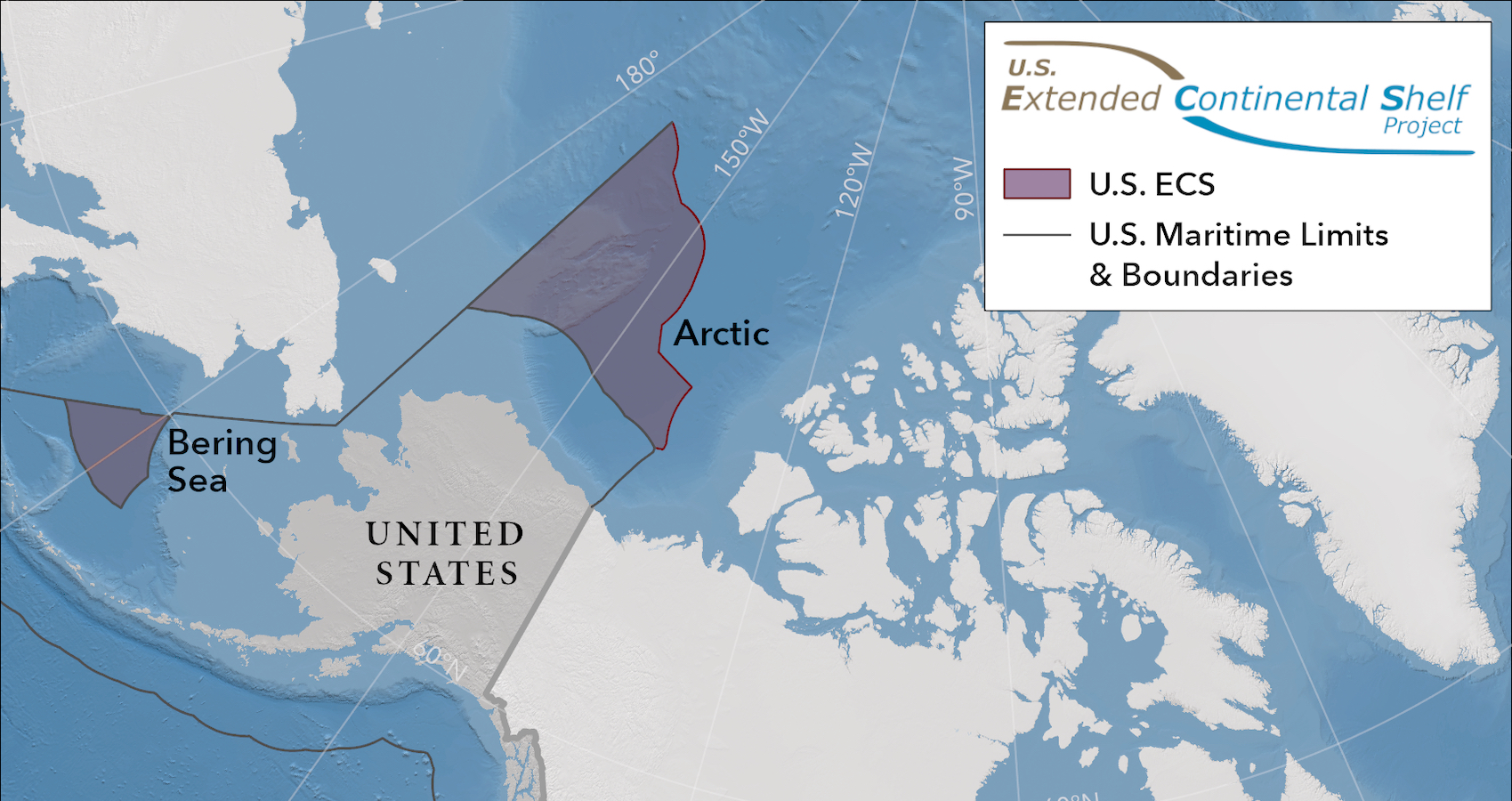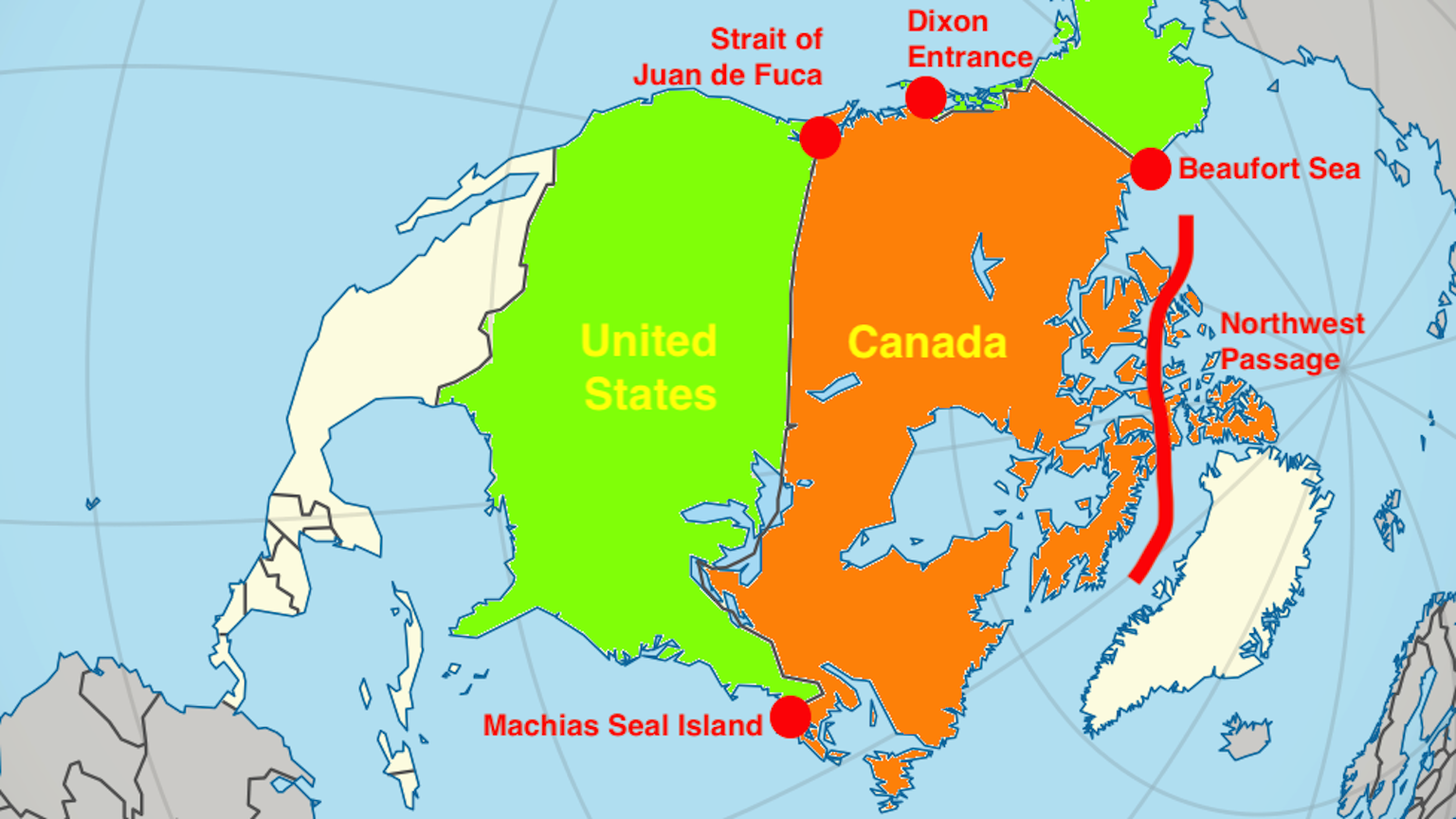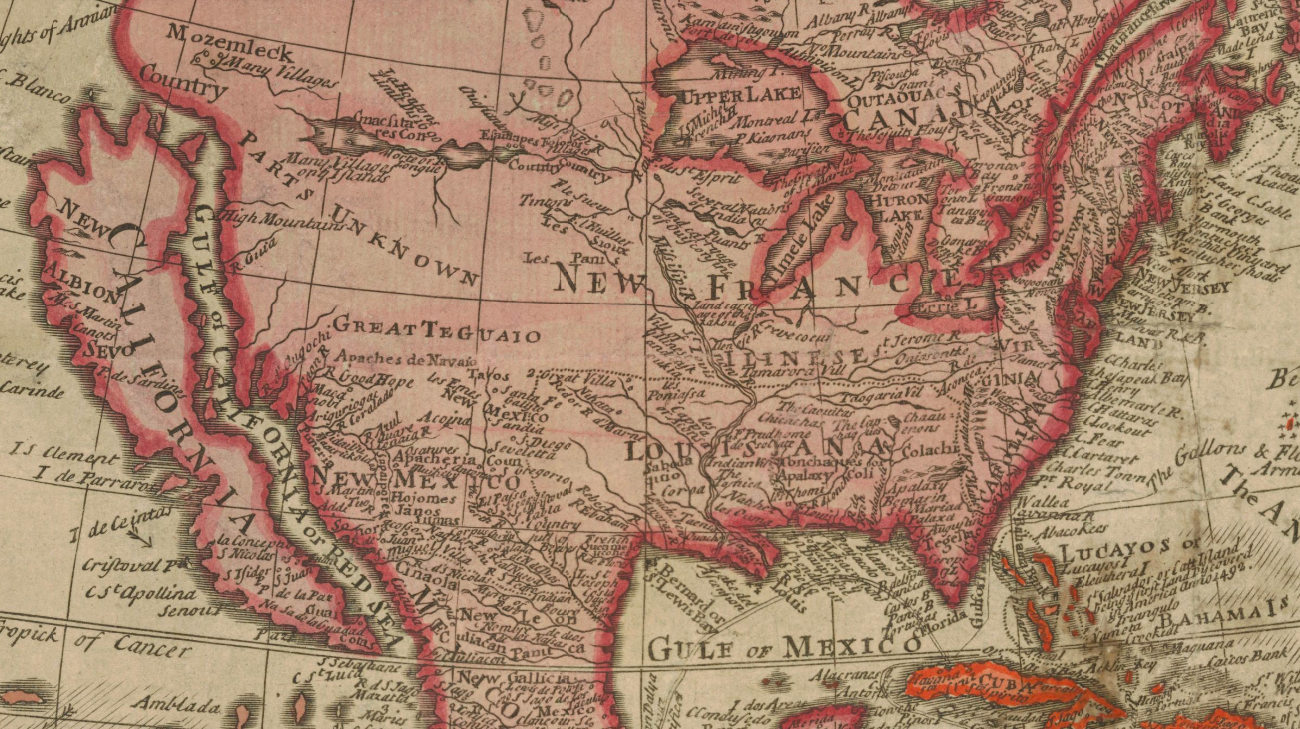412- Federal Feathers

n
The German language describes the difference between two main types of federal states aptly and concisely as being between a Bundesstaat (1) and a Staatenbund (2). The European Union, in which the 27 constituent nations retain sovereignty over such key issues as defence and foreign policy, clearly is an example of the latter. The United States, where federal sovereignty clearly trumps states’ rights, is of the former type.
n
This does not mean, however, that the 50 constituent states are completely homogenised; in fact, they exhibit a marked tendency to stress their uniqueness and individuality, among other means by choosing a raft of state insignia – even if often as trivial as a State Toy (Kansas: Etch-A-Sketch), State Instrument (Kentucky: Appalachian dulcimer), or State Beverage (Massachusetts: cranberry juice).
n
Only a handful of states have adopted such idiosyncratic symbols. A much more popular one, adopted by all states and DC in fact, is the State Bird. Funny thing, though: instead of choosing birds unique to each state, or at least not shared with other states, these insignia show an intriguing degree of overlap, and geographic contiguity – as shown by this map.
n
* Seven states in a contiguous area in the Mid-West and Mid-Atlantic share the Northern Cardinal (Cardinalis cardinalis) for a State Bird. These states, coloured red, are: Illinois, Indiana, Kentucky, North Carolina, Ohio, Virginia and West Virginia. The Northern Cardinal is called Cardinal because it looks like it’s dressed in the flowing red robes or Roman Catholic cardinals, and Northern because it only occurs in that hemisphere. It is also called Redbird, because of the brightly coloured plumage of the male (the female is a more dullish brown-red).
n
* Six green-coloured southern states (Texas, Arkansas, Tennessee, Mississippi, Florida and South Carolina) all have the Northern Mockingbird (Mimus polyglottus) as a state symbol. Mockingbirds get their name from their ability to mimick (or mock, if you will) the songs of other birds and even other species.
n
* Six states west of the Mississippi and north of the Missouri Compromise Line share the Western Meadowlark (Sturnella neglecta) as a State Bird. The Western Meadowlark is a blackbird with yellow underparts. These states, here coloured purple, are Kansas, Montana, Nebraska, North Dakota, Oregon and Wyoming.
n
* Four states opt for the bluebird – although in the case of Nevada and Idaho it’s the Mountain Bluebird (Siala curricuides), and for Missouri and New York it’s the Eastern Bluebird (Siala sialis). The former is bluer than the latter, and occurs mainly west of the Rockies, whereas the latter’s habitat is to the east thereof.
n
* Three states go yellow by opting for the American Goldfinch (Carduelis tristis): Washington, Iowa and New Jersey.
n
We therefore have five dominant colours on the ornithological map of the US: red, blue, green, purple and yellow. Thus, ornithology is more than double as colourful as politics, which only manages to colour the States in red or blue. Most other state birds have mottled, multicoloured coats, but at least one colour could be added: that of New Hampshire’s Purple Finch (Carpodacus purpureus).
n
Many thanks to Raynor Ganan for sending in this map, found here on the Ragbag.
n
——
n
(1) – litt. ‘federal state’, federation.
n(2) – litt. ‘federation of states’, confederation.
n





